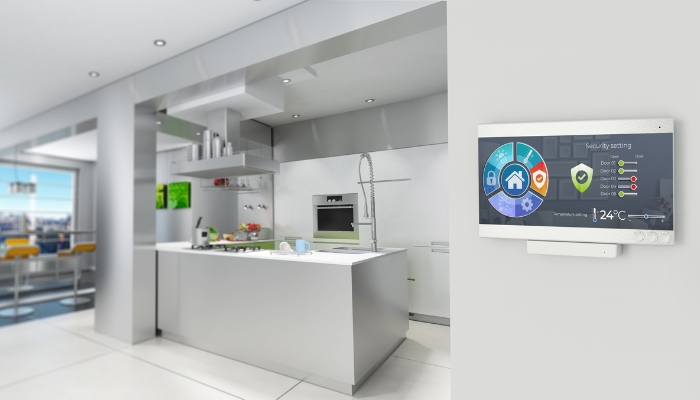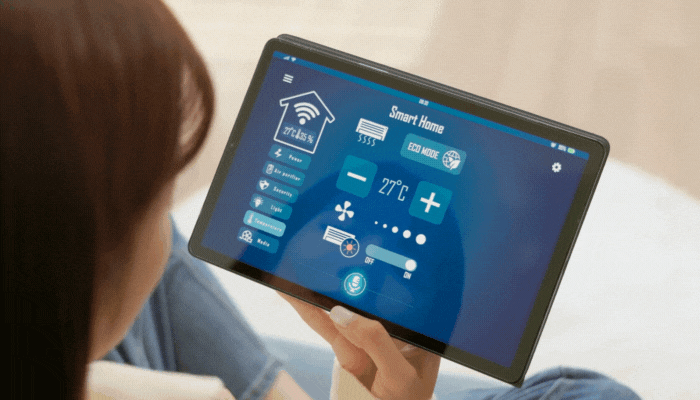In parts one and two of this multi-part blog series, we've been going over the various areas to consider as you go about planning your home's upcoming automation layout. Building a smart home is simple enough if you take the right steps and approaches, and knowing these ahead of time often pays off.
At AVI Systems, we're here to help with all your home automation needs, with solutions ranging from home networking and audio/visual to home security, outdoor entertainment, and numerous others. In today's final entry in our series, we'll look at the vital areas of safety and efficiency for your system, plus how to ensure you've done the proper research and made the right arrangements in these areas.
Safety Concepts

Modifications to your home need to be done with safety in mind. With automation and other devices, you'll want to ensure that the electric wiring is up to code and that all connections are secure. You can hire a professional electrician or home inspector to come in and check everything before carrying out any of your plans, giving you peace of mind that all the necessary safety protocols are followed.
Safety extends beyond the installation of components, however. Once your system is up and running, you'll want to pay attention to the programming of each device. This can help you avoid any potential issues ranging from accidental overloads or shock hazards. Depending on the types of devices you have installed, you may even want to consider adding motion sensors or other safety features that will respond quickly in case someone enters a hazardous area.
Efficiency Considerations

Automating certain aspects of your home can help make it more efficient, as well as safer. For example, you can use timers to turn lights or appliances off when not in use, or to turn them on automatically when motion is detected in a room. Smart thermostats can also be used to adjust the temperature and minimize energy consumption, while automated locks can keep your home secure when you're away.
Research & Arrangements
Before you begin automating any aspect of your home, it's important to do some research on the products available and make sure you fully understand how they work. If possible, ask for advice from an expert or a friend who has experience with home automation, and read online reviews to get an idea of their quality.
Once you've decided on the products that you'd like to use, be sure to check any warranties or guarantees that come with them. This can help ensure that your investment is secure and any issues are addressed in a timely manner.
For more on the steps involved in planning out a home automation setup, or to learn about any of our smart home products or services, speak to our team at AVI Systems today.